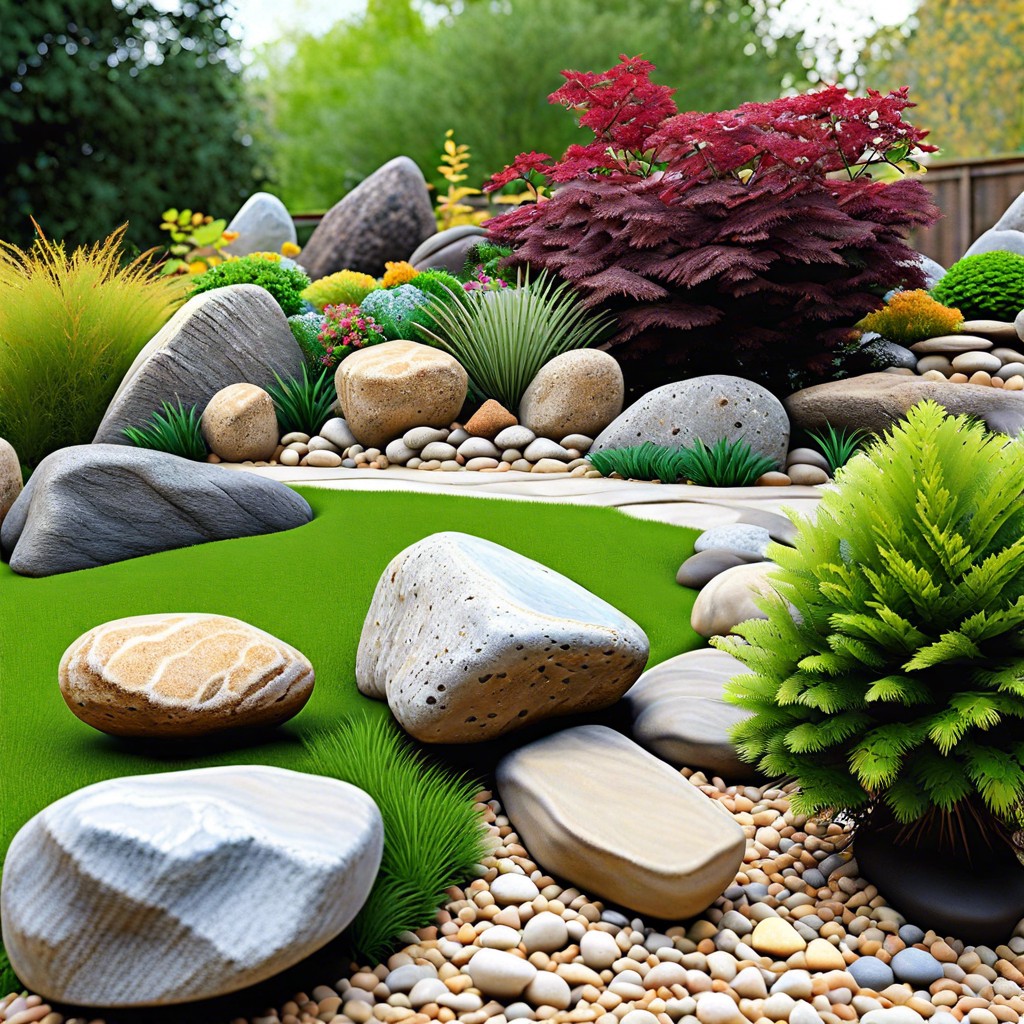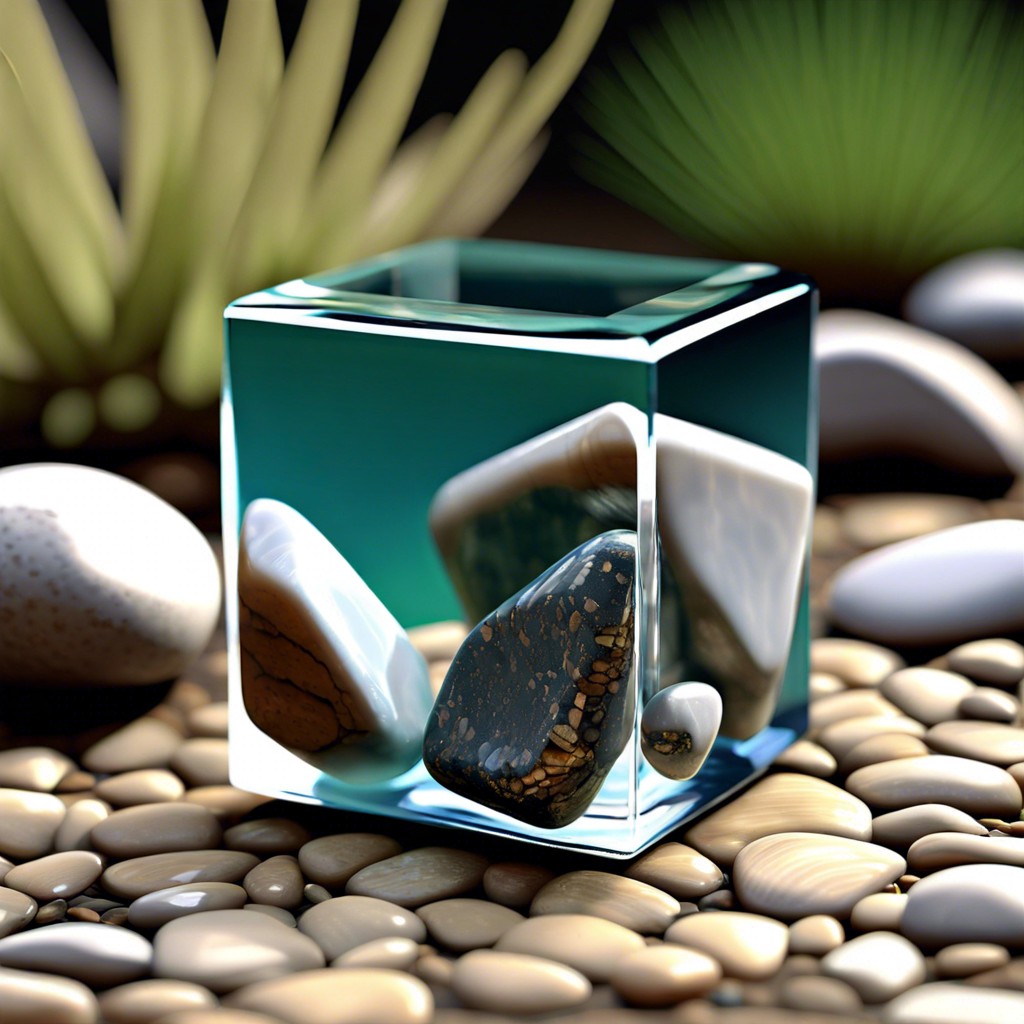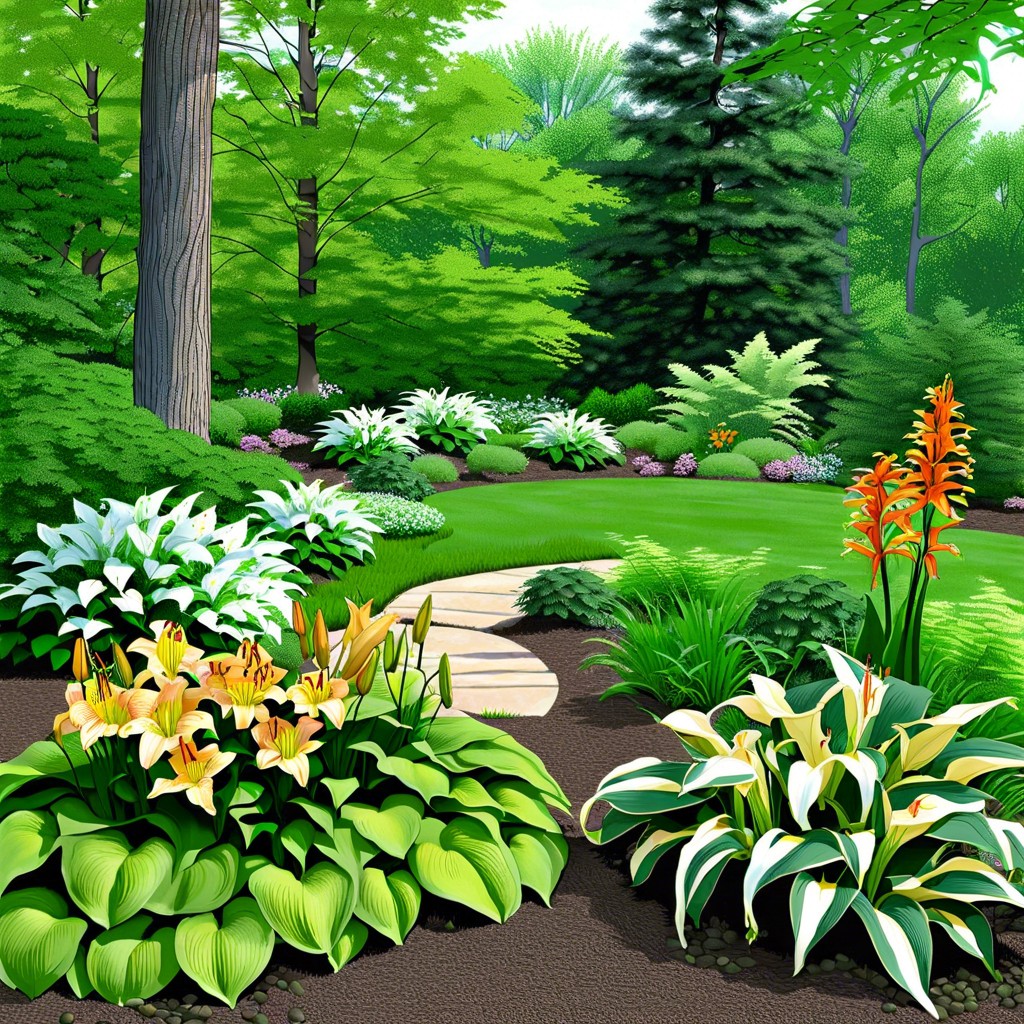Discover the various types of landscape rock available, their uses in garden design, and tips for selecting and installing them to enhance your outdoor space.
Key takeaways:
- Landscape rocks offer distinct textures, colors, and sizes.
- Benefits include low maintenance, erosion prevention, and weed suppression.
- Consider design theme, practicality, climate, color, and texture when choosing.
- Proper installation is essential for longevity and a polished look.
- Creative uses include mosaic pathways, rock mulch, and rock gardens.
Types of Landscape Rocks

Navigating through the myriad of choices can be a joy as you discover how each rock type can offer distinct textures, colors, and sizes to suit your landscaping vision. For example, pea gravel is a beloved choice for walkways due to its smooth texture and soothing earth tones, representing a perfect blend of utility and aesthetics. River rocks, with their rounded edges and varied hues, often evoke the tranquil flow of water, bringing a sense of calm and natural beauty to garden beds and water features.
For those seeking a rugged or rustic look, flagstone provides not only a stately option with its large, flat slabs but also a functional one for patios and stepping stones. Meanwhile, lava rock, with its lightweight composition and bold colors, serves as a dramatic ground cover that simultaneously aids in soil moisture retention and temperature regulation.
In the realm of durability, crushed granite stands out as a hardy ally for high-traffic areas, while marble chips introduce an element of luxury with their striking white luster. When it comes to combating erosion, the sturdiness of riprap rocks makes them an invaluable ally for sloped terrains.
By understanding the different functions and aesthetic qualities each rock type brings, you can create a landscape that is just as much about form as it is about function.
Benefits of Using Landscape Rock in Your Garden
Incorporating landscape rock into your garden design offers a multitude of advantages. First and foremost, rocks are incredibly low maintenance; they do not require the watering, trimming, or fertilizing that living plants do. They also provide a durable solution that withstands the elements, ensuring your garden keeps its polished look year-round.
Rocks can also aid in soil erosion prevention, particularly on slopes or in areas prone to heavy rainfall. They act as a barrier, protecting the soil from being washed away. Another practical benefit is weed suppression. When used as a ground cover or as part of a rock mulch strategy, they can significantly reduce the growth of unwanted plants.
From an aesthetic perspective, landscape rocks bring texture and contrast to your outdoor space, complementing the greenery and blooms. They can also create natural-looking boundaries and pathways, lending a structured yet organic feel to your garden. Plus, they offer an eco-friendly alternative to synthetic materials, blending seamlessly with the natural environment.
Lastly, a variety of options means you can find the perfect match for your garden’s theme, be it a tranquil Zen retreat with smooth river stones or a rugged, rustic setting with jagged boulders. Each rock type brings its unique flair, allowing for personalization of your outdoor sanctuary.
Considerations for Choosing the Right Landscape Rock
Selecting the perfect landscape rock for your garden is similar to picking out furniture for your home. It needs to be both functional and aesthetically pleasing.
Start by considering your garden’s overall design theme. Do you envision a modern, minimalist space, or a rustic, natural oasis? The style you aim for will guide your choice, with options ranging from sleek black lava rocks to warm, rounded river pebbles or even rugged, angular quarry stones.
Next, ponder the practicality of the rocks. Smaller stones, like pea gravel, are often used for pathways since they’re comfortable underfoot and provide good drainage. However, they tend to shift more than larger rocks, so if you’re seeking low-maintenance options, larger river rocks or boulders that stay in place might be more up your alley.
Climate should also play a role in your decision. Some rocks retain heat, while others reflect it, which can impact the microclimate of your garden. If you’re living in an area with temperature extremes, consider rocks that could either insulate your plants or keep the soil temperature stable.
Finally, think about the color and texture of the rocks in tandem with your existing landscape. Aim for contrasts that complement—dark rocks to highlight light-colored plants, or smooth stones to provide a backdrop for textured foliage. These considerations ensure your landscape rock choice not only suits your horticultural needs but also elevates the beauty of your garden sanctuary.
Installation Tips for Landscape Rocks
To ensure your landscape rocks settle in beautifully and stand the test of time, proper installation is key. Here’s a straightforward guide for getting it right:
1. Preparation is Paramount: Start with a clean slate by removing weeds and debris from the area where you’ll be laying the rocks. It’s also a good idea to level the ground to prevent unevenness.
2. Weed Barrier: Lay a high-quality weed barrier fabric over the area to discourage weeds from poking through your rock display.
3. Edging for Elegance: Install edging materials around the section you plan to fill with rocks to keep them contained and create a polished look.
4. Calculate Correctly: Before purchasing, use a rock calculator or consult with a professional to estimate the correct amount of rock needed to fill your space without under or overbuying.
5. Strategic Placement: When placing the rocks, start from the borders working inward, and stagger for a more natural appearance, ensuring the fabric is not visible.
6. Compact for Longevity: Gently compact the rocks after laying them down to secure them in place, which helps to prevent shifting and settling over time.
7. Maintenance Matters: Periodically check your landscape rocks for any debris, and gently rake them to maintain an immaculate and inviting outdoor space.
By adhering to these practical steps, you’ll transform your outdoor area into a low-maintenance, visually striking haven.
Creative Ways to Use Landscape Rock in Your Garden
Integrate various sizes and hues of rocks to form a mosaic pathway that winds through your garden, adding a picturesque element while guiding visitors.
Embrace rock mulch in your flowerbeds, which not only deters weeds but also helps retain soil moisture, creating a practical and aesthetic ground cover.
Construct a rock garden, particularly with alpine plants, cacti, or succulents, for a low-maintenance area that celebrates different textures and forms.
Use larger boulders as focal points to anchor your garden design, possibly incorporating them as natural seating or to delineate distinct garden ‘rooms’.
Edge your garden beds with rocks to create clean, defined lines that contrast with the soft foliage of your plants.
Stack flat stones to build a dry streambed that directs the eye and can even help with drainage during rainy seasons, allowing function and form to coexist beautifully.
Combine landscape rocks with water features, like ponds or waterfalls, where the interplay of stone and water can create a tranquil and refreshing retreat.




